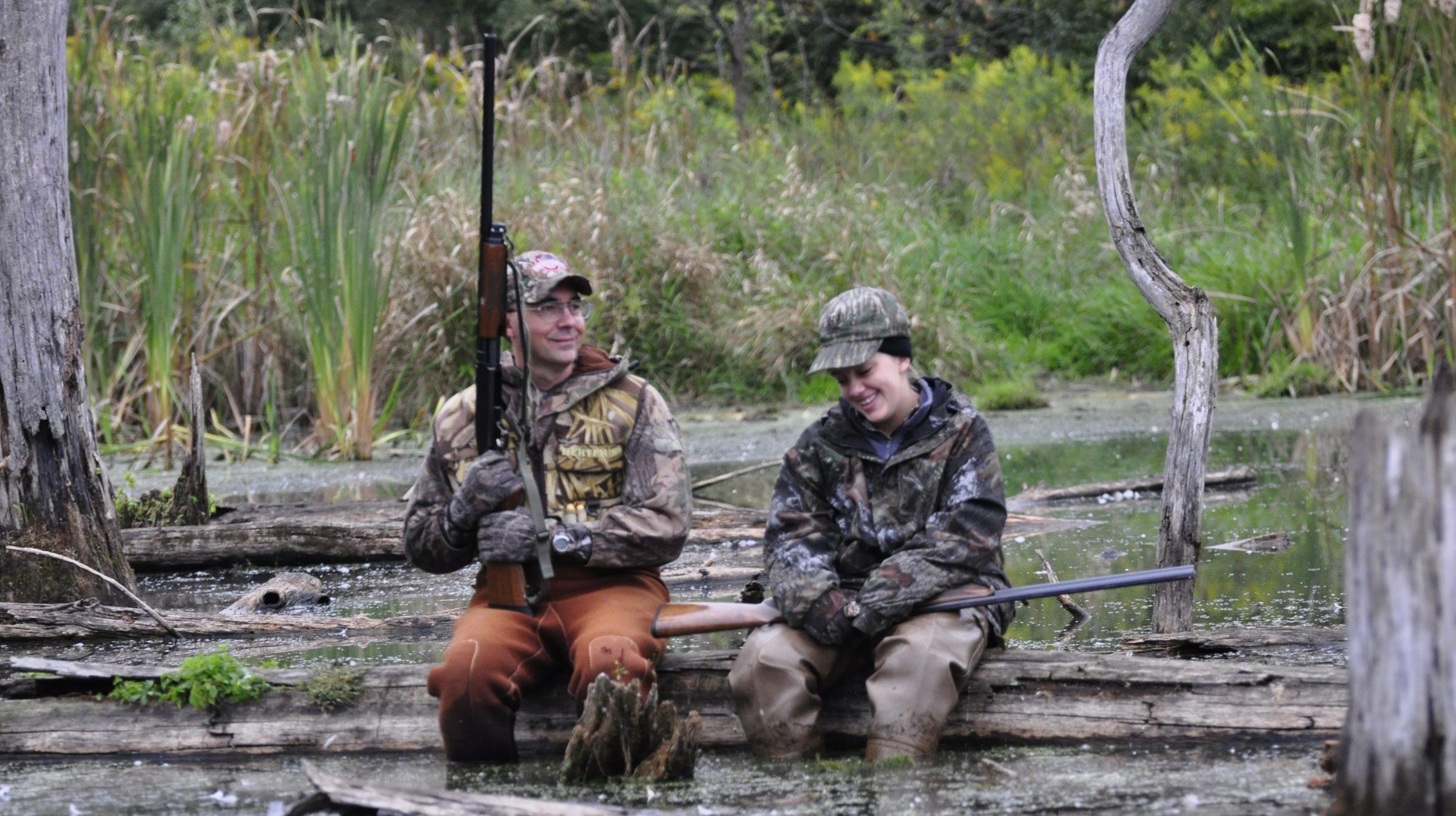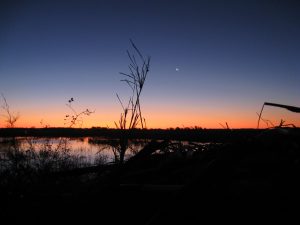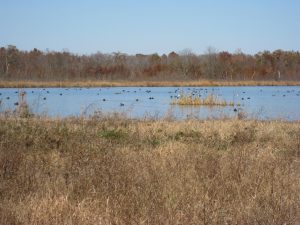A National Duck Hunter Survey (National Survey) was conducted in 2005, revealing the opinions of more than 10,000 duck hunters nationwide. It was the first survey to ask duck hunters in every state their perceptions on duck hunting and waterfowl management.
To inform future duck harvest management, the National Survey provided insight into duck hunters’:
- Opinions of and satisfactions with recent seasons and bags,
- Perceptions of duck populations, possible influences on duck numbers, and duck management priorities,
- Preferences for selected regulatory options, and
- Past involvement and current interest in duck hunting, and hunter background.
Survey contacts were randomly drawn from the Harvest Information Program (HIP) database and included hunters who reported harvesting at least one duck during the 2003-04 duck hunting season. Funding was provided by state fish and wildlife agencies, the four Flyway Councils, National Flyway Council, and Wildlife Management Institute.
Research Insights
- Majority of hunters were satisfied with the length of the duck season and the duck bag limit.
- Largest predictor of hunters’ evaluation of hunting quality was their perceptions of duck abundance/presence, but duck hunter satisfaction can also be affected by variables associated with human influences, hunting locale, and regulations.
- Duck hunters’ perceptions differed on some focal indicators across Flyways
Outcomes
National Survey findings informed wildlife agencies about the views of duck hunters in their areas and throughout the country. These survey data also contributed to federal duck hunting regulations at the Flyway level, which was especially important given differences in duck hunter views across Flyways.
For example, 57% of duck hunters nationwide described the overall quality of duck hunting over the last 5 years as “worse”. However, hunters in the lower Mississippi Flyway were especially prone to characterize a drop in overall quality of duck hunting, with 82% describing the quality of hunting as “worse” over the last five years.
Upon closer examination of perceptions of specific parts of the hunting experience, managers found that the majority of hunters in the lower Mississippi flyway thought that the bag limit and season length were “about right”. Armed with refined data, managers in the Mississippi Flyway proposed to maintain prevailing regulations, suspecting that weather patterns and several other factors may be affecting regional duck movements and consequently low perceptions of overall duck hunting quality.
The survey also established a baseline for additional nationwide human dimensions research of duck hunters beginning in 2005 and continuing today. In fact, this survey helped pave the way for the North American Waterfowl Management Plan’s 2017 nationwide surveys of eBird users (Canada also), hunters (Canada also), and the general public.
To learn more about this study visit the following website or contact Dave Case: dave@djcase.com



